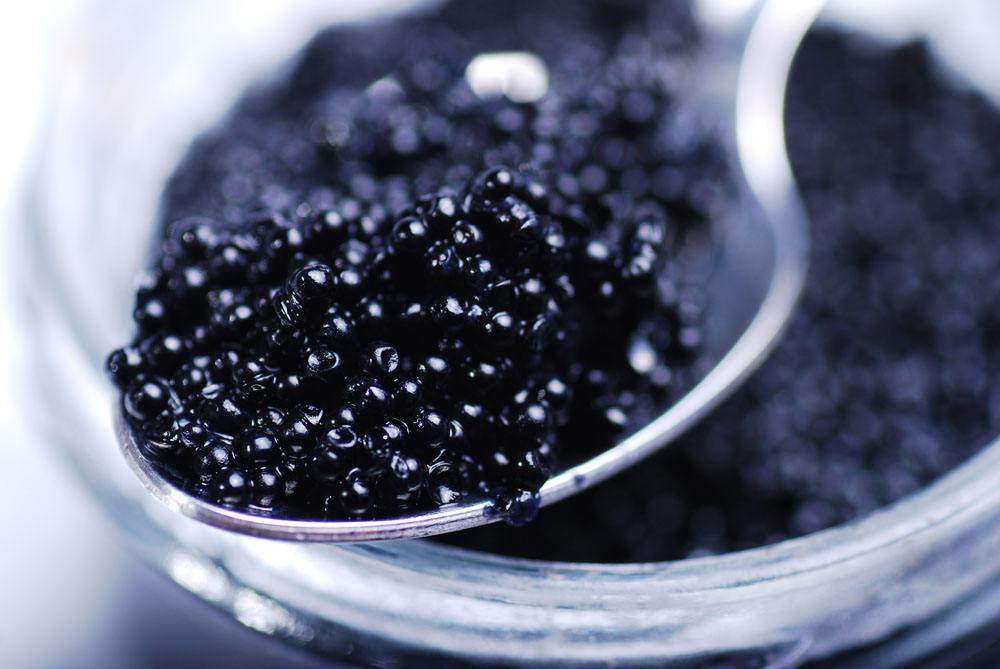This is Scientific American — 60-Second Science. I'm Christopher Intagliata.
Caviar is one of the world's priciest foods: it can cost thousands of dollars a pound. And caviar from the beluga sturgeon is the most exclusive of all. But even the experts have a hard time telling the eggs from two different species apart by appearance alone.
So scientists came up with a method that more than meets the eye: a genetic test that identifies variations in nuclear DNA that are unique to the beluga and its cousin, the sterlet. The test can differentiate roe of those two species from that of eight other species of sturgeon.
And the best part, given caviar's premium price? The test requires just a single egg. The study is in the journal Scientific Reports.

The researchers say that by definitively identifying the real stuff, the test could prop up its high price. But the effort is not just of interest to the 1-percenters: genetic verification could also be used for conservation. Belugas are critically endangered. And since they hybridize with other sturgeon species, conservationists need to make sure that farm-raised fish they plan to reintroduce into the wild are the real thing, and not just a cheap lookalike.
Thanks for listening for Scientific American — 60-Second Science Science. I'm Christopher Intagliata.













